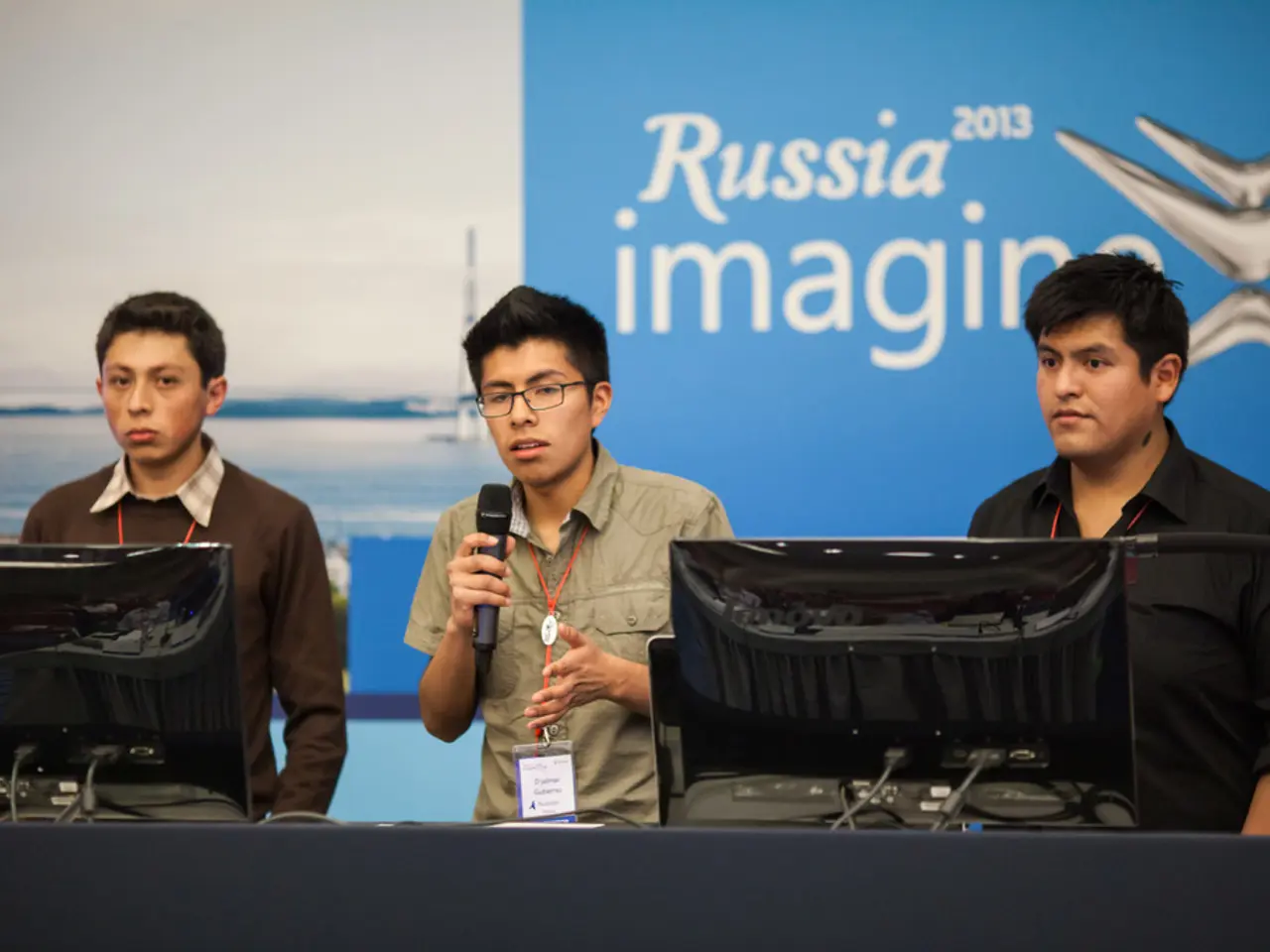Artificial Intelligence Merging with Patent Regulations
Artificial Intelligence and Patent Law: Navigating a New Era
In the rapidly evolving world of technology, one area that is experiencing significant change is the realm of patent law and its application to Artificial Intelligence (AI). As AI technologies become more prevalent, key international agreements, such as the Agreement on Trade-Related Aspects of Intellectual Property Rights (TRIPS), are setting minimum patent protection standards globally, including for AI innovations.
Patent law adapts to protect AI innovations by focusing on whether AI inventions are patent-eligible processes, machines, manufactures, or compositions of matter. However, it excludes judicial exceptions like abstract ideas unless the claim includes an “inventive concept” that transforms them into patent-eligible applications. Recent updates from the United States Patent and Trademark Office (USPTO) provide clearer frameworks for examiners to evaluate AI and machine learning (ML) patent eligibility.
For AI developers seeking patent protection, a nuanced approach is required. Key considerations include drafting claims consistent with updated USPTO guidance, addressing inventorship and ownership, incorporating ethical and responsible AI factors, monitoring standard-essential patents (SEPs), and staying informed on regulatory developments.
Drafting claims that emphasize practical applications specifically integrated with AI/ML rather than abstract algorithms or mental processes is crucial. In addition, developers must clearly define IP ownership in licensing agreements and corporate policies, particularly as AI systems become more autonomous in creating inventions.
Highlighting how AI algorithms address fairness, transparency, bias mitigation, and explainability can strengthen patent credibility and market relevance, aligning with broader ethical AI deployment trends. Identifying and pursuing AI innovations likely to become SEPs provides strategic advantages in licensing and technology interoperability.
As AI becomes integral to industry standards, international frameworks are essential for streamlining the patenting process, ensuring consistent standards, and promoting a more conducive environment for innovation. The Patent Cooperation Treaty (PCT) enables applicants to file a single patent application that is recognized in multiple jurisdictions, benefiting AI developers seeking to protect innovations across borders.
However, determining who holds rights to patents for AI-generated inventions becomes more intricate as AI systems evolve. The intersection of patent law and artificial intelligence highlights critical issues regarding the ownership, inventorship, and patent eligibility of AI-generated inventions. One significant reform could involve redefining inventorship criteria to accommodate AI's role as a co-inventor, as current patent law mandates that an inventor be a human.
Notable AI patents, such as those related to autonomous vehicles by companies like Waymo and Tesla, have significant impacts on various industries and challenge existing legal interpretations of patent eligibility. Landmark legal cases, like the USPTO's decision in Thaler v. Hirshfeld and IBM's Watson, highlight the evolving interplay between technology and intellectual property rights in the realm of AI patent law.
Industry reactions to AI patent decisions vary, with some advocating for clearer guidelines and caution from legal experts to avoid overly broad interpretations that could disrupt competition and hinder technological progress. International cooperation is essential in shaping patent law for the age of artificial intelligence, aiming to create a cohesive patent landscape through global treaties addressing intellectual property challenges inherent in AI.
As the world continues to grapple with the complexities of AI patent law, it is clear that modern patent law must adapt to address the unique characteristics of AI inventions, fostering a balance between incentivizing technological progress and protecting intellectual property rights.
References:
- USPTO August 2025 memo on AI patent eligibility
- PatentPC analysis on AI impact in patent law, 2025
- Dykema review of USPTO §101 rejections in AI patents, 2025
- PatentPC guidance on AI-generated inventions and IP ownership, 2025
- Analysis of 2025 US AI action plan affecting legal and business considerations
- The ongoing debate regarding the patent eligibility of AI-generated inventions is fostered by advancements in technology, particularly AI and machine learning, as more companies, like Waymo and Tesla, apply for AI-related patents on inventions created by these autonomous systems.
- To ensure a fair and balanced intellectual property landscape in the era of artificial intelligence, global agreements and treaties, such as the Patent Cooperation Treaty (PCT), play an essential role in streamlining the patenting process, ensuring consistent standards, and promoting conducive environments for innovation, while addressings the unique characteristics of AI inventions.




